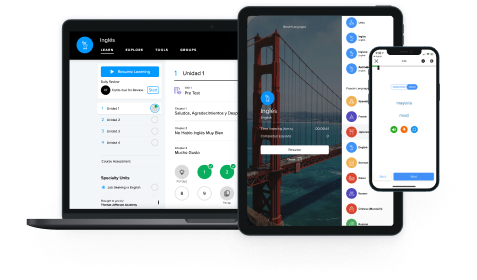Just like in English, you can also express a recurring frequency using a longer phrase (e.g. “every three weeks”).
The German equivalent of something like “every week,” with a singular time noun, is formed like this:
jeder
every
(accusative)
singular time noun
(accusative)jeden Tag(every day)
jeden Montag(every day)
jeden Woche(every day)
jeden Jar(every day)
The German equivalent of something like “every three weeks”, with a number and a plural time noun, is formed like this:
alle
number
plural time noun
accusative caseTim leert seinen Briefkasten nur alle zwei Tage.
Tim empties his mailbox only every two days.
Alle drei Monate kommt meine Freundin aus Berlin zu Besuch.
Every three months my friend from Berlin comes to visit.
To learn more about these kinds of phrases, check out our post on the accusative case in German!

